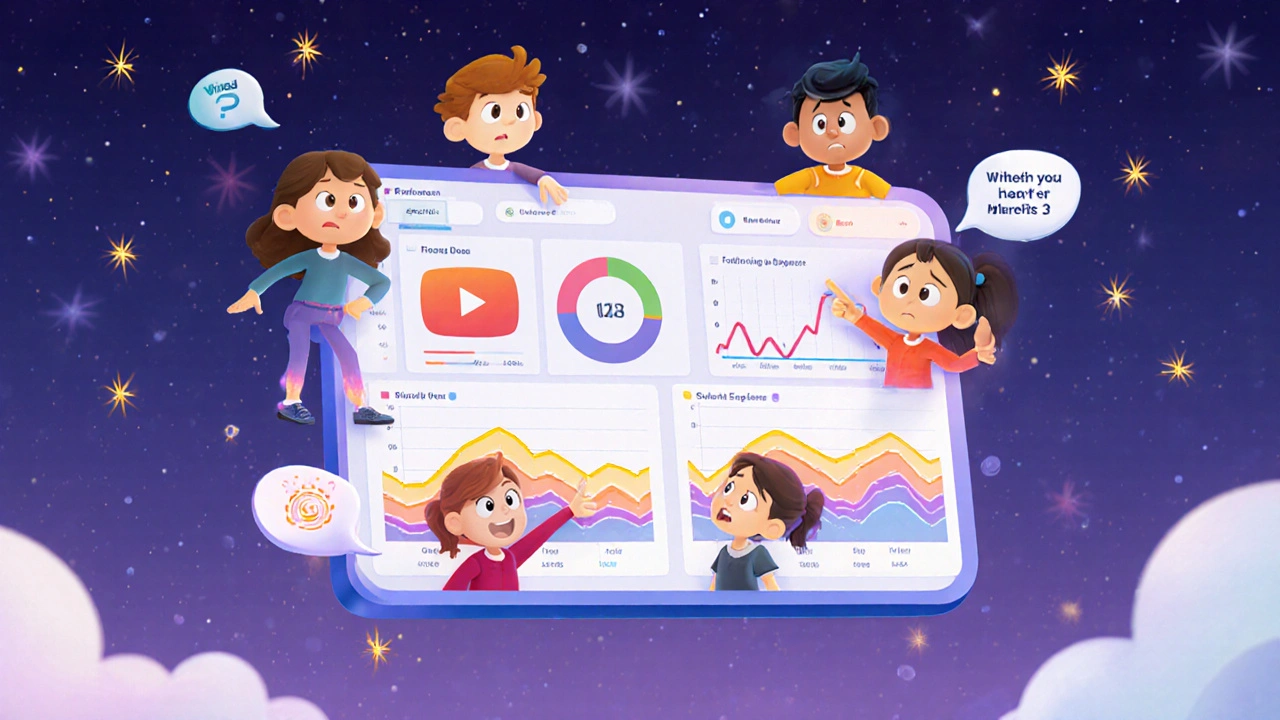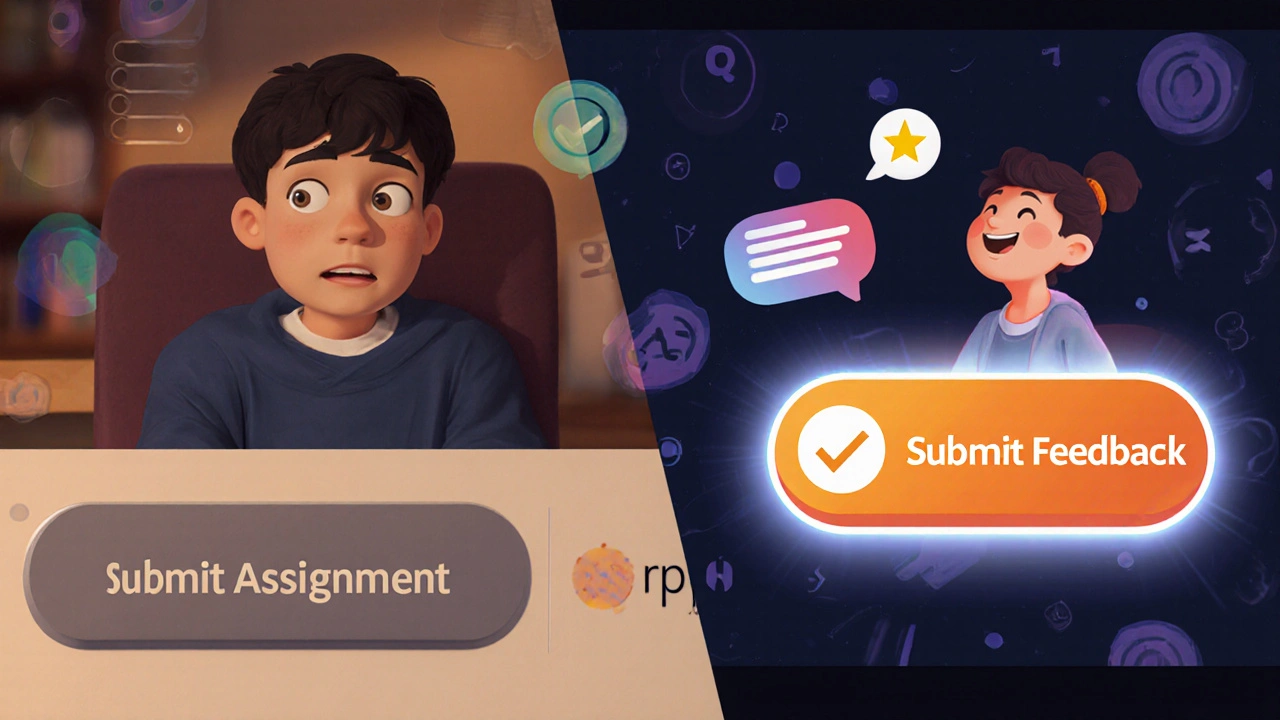Learning Analytics: How Data Drives Better Online Education
When you take an online course, every click, pause, quiz attempt, and forum post is being tracked—not to spy on you, but to make sure you actually learn. This is learning analytics, the practice of collecting and analyzing data from online learning environments to improve teaching and outcomes. Also known as educational data mining, it’s what separates courses that fade away from ones that actually change how people think and work.
Learning analytics isn’t just about numbers. It’s about understanding why someone drops out after three lessons, why others binge-watch videos at 2 a.m., or why a student keeps failing the same quiz but nails the final project. It connects student engagement, how actively learners interact with material to course performance, whether learners meet goals like passing tests or completing projects. Top platforms use this data to tweak lesson length, adjust feedback timing, or even send a nudge when someone’s falling behind. You don’t need to be a data scientist to benefit—you just need a course designed with this in mind.
Think about it: if a course tells you you’re "doing great" but you’re stuck on the same module for weeks, is that really helping? Learning analytics fixes that. It’s behind the progress bars that light up when you finish a section, the recommendations for extra practice after a low quiz score, or the way some courses shift content based on what most students struggle with. It’s also why some platforms now show instructors which videos get skipped, which PDFs get downloaded most, or which discussion threads spark the most replies. That’s not magic—it’s data-driven design.
And it’s not just for big schools. Even small course creators use learning analytics to see what’s working. If 80% of students stop watching after minute 4 of a video, that video gets rewritten. If people who join live Q&As finish the course 3x more often, those sessions become mandatory. This isn’t theory—it’s daily practice in courses that actually deliver results.
Below, you’ll find real guides on how to build courses that use this kind of insight—not just to track learners, but to support them. From designing better feedback systems to using gamification that actually works, these posts show you how to turn data into better learning—not just more clicks.

Learning Analytics for Courses: Data-Driven Improvement Strategies
Learn how to use learning analytics to spot why students struggle, improve course design, and boost completion rates with real data-not guesses. Practical strategies for instructors using existing LMS tools.

How to Design Effective A/B and Multivariate Tests for Instructional Content
Learn how to design effective A/B and multivariate tests for online courses using real learning analytics. Improve completion rates, engagement, and knowledge retention with data-driven instructional changes.

Privacy and FERPA Compliance in Learning Analytics Projects
Learn how to use learning analytics without violating student privacy under FERPA. Practical steps for compliance, common mistakes, and tools that protect data while improving education.